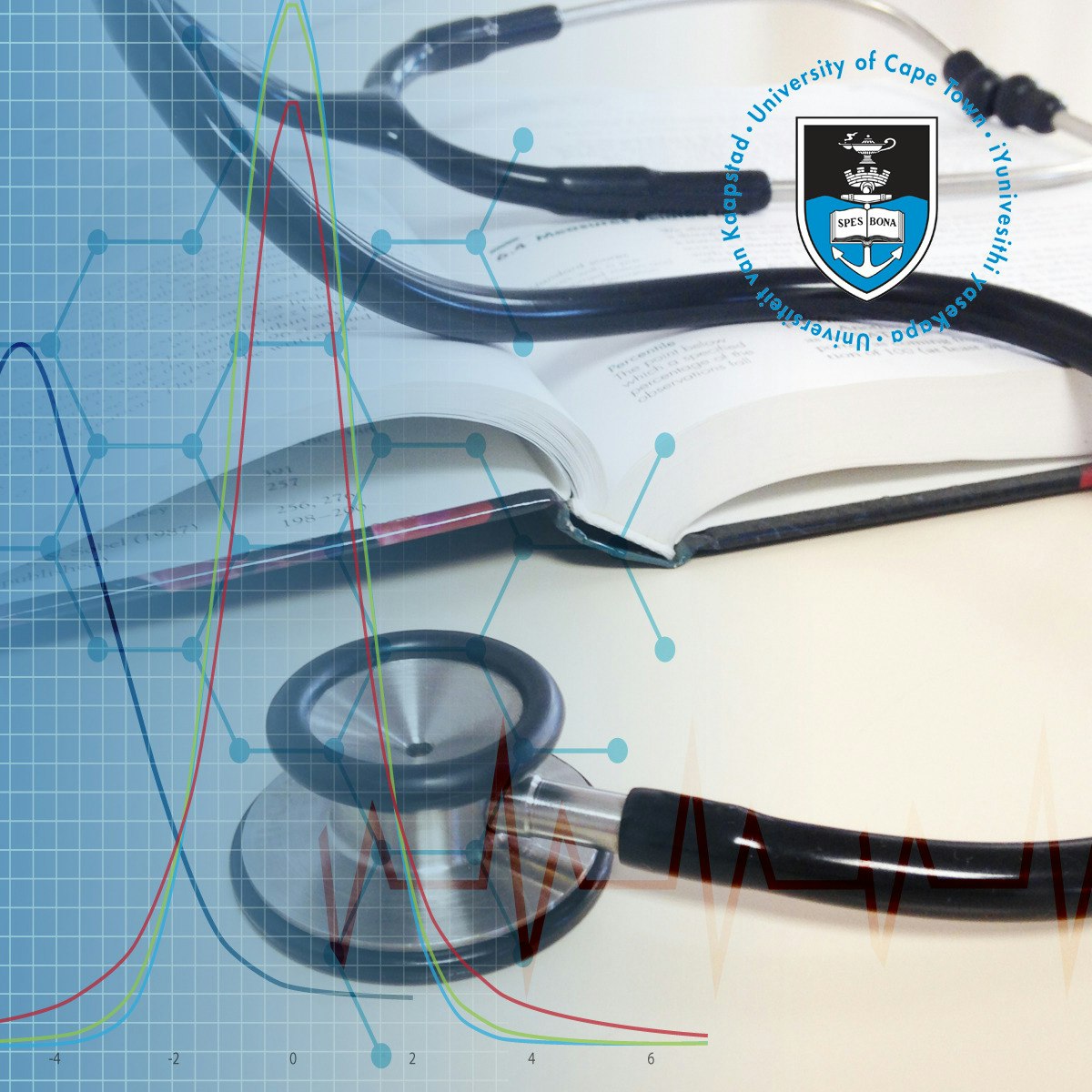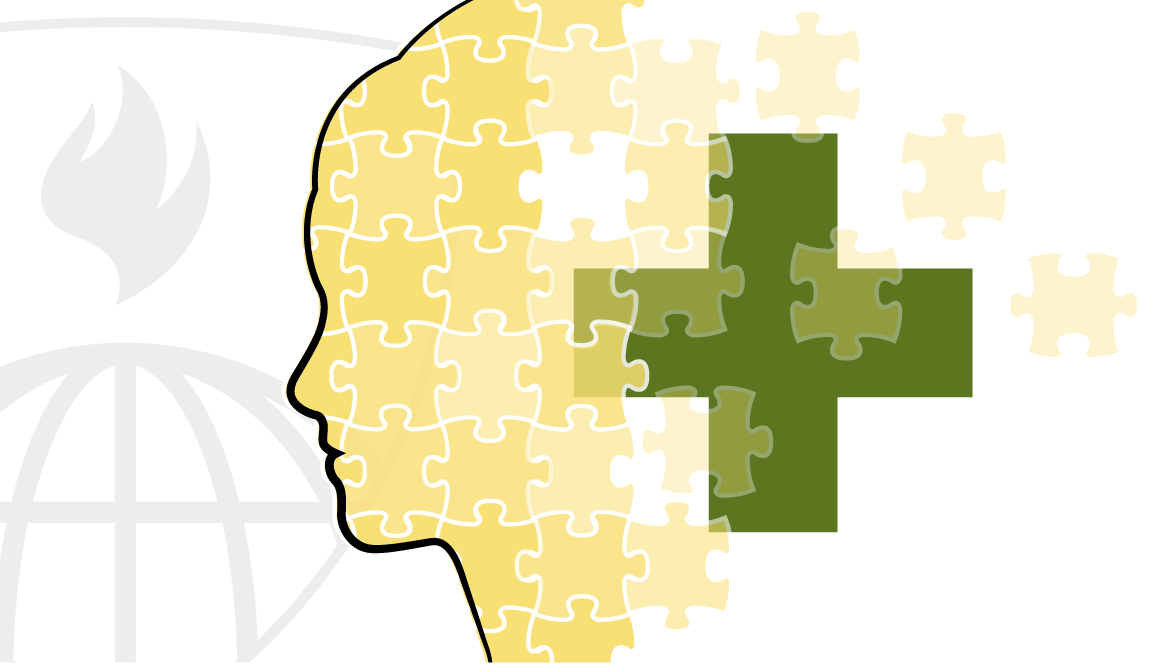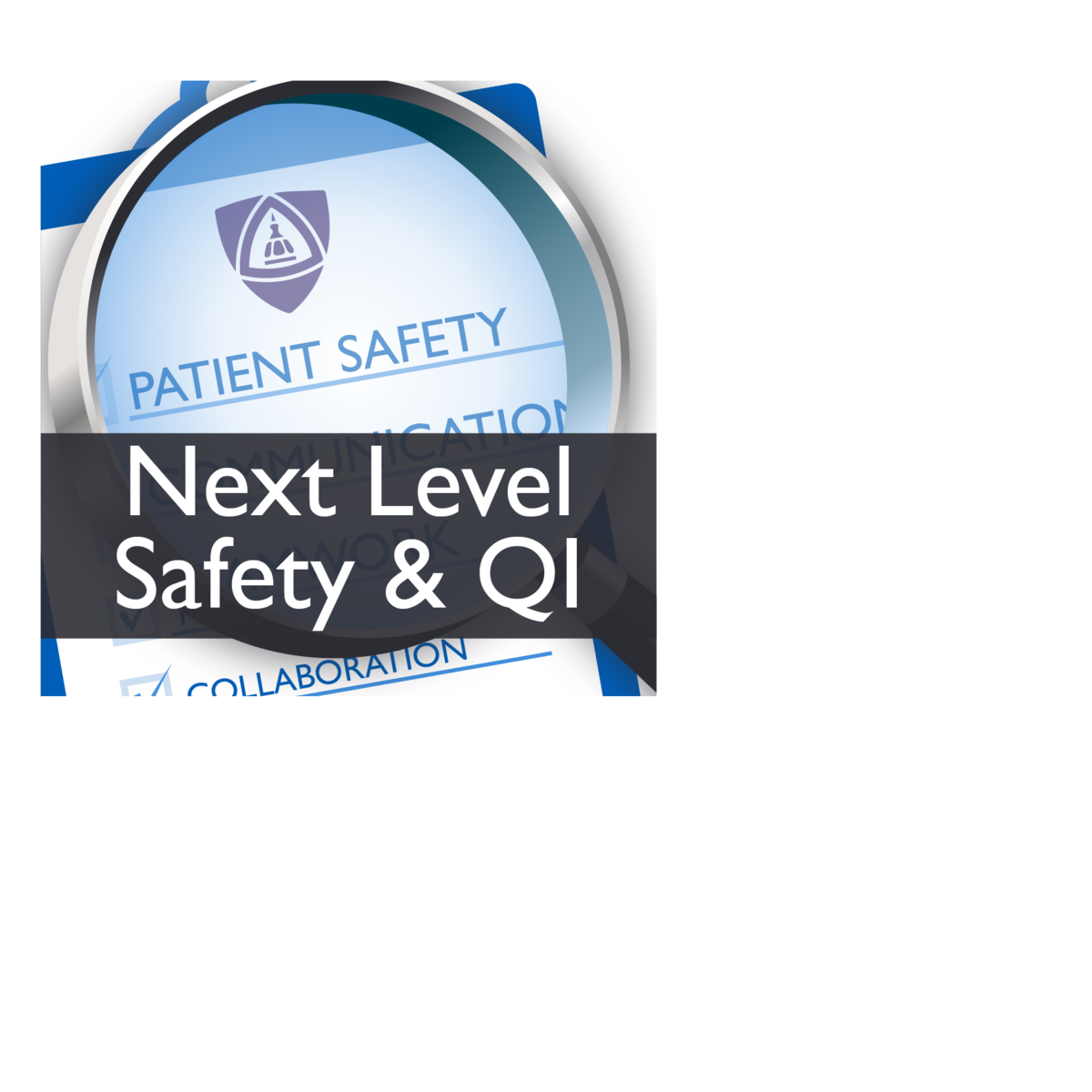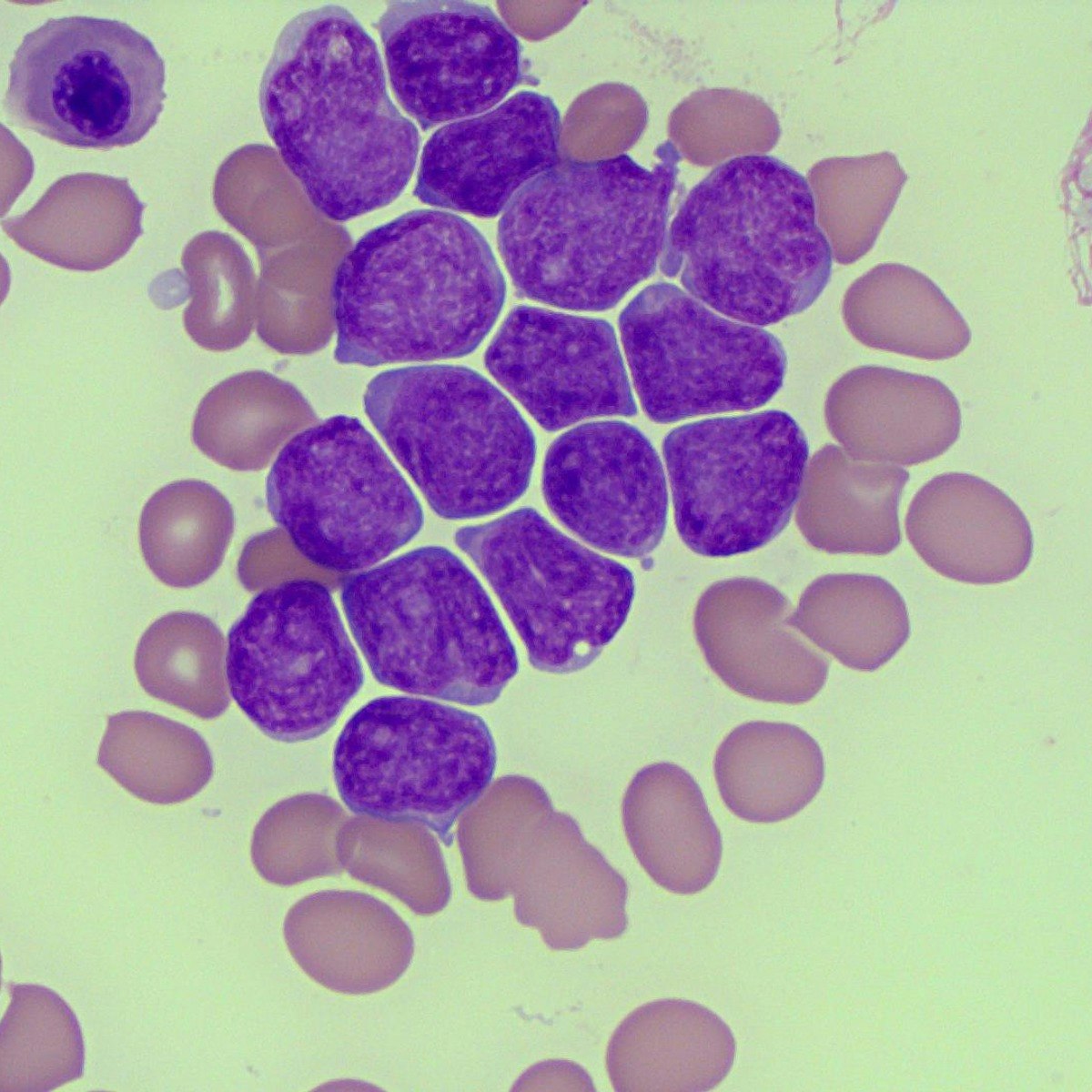Back to Courses









Life Sciences Courses - Page 55
Showing results 541-550 of 644

Introduction to Clinical Data
This course introduces you to a framework for successful and ethical medical data mining. We will explore the variety of clinical data collected during the delivery of healthcare. You will learn to construct analysis-ready datasets and apply computational procedures to answer clinical questions. We will also explore issues of fairness and bias that may arise when we leverage healthcare data to make decisions about patient care.
The Stanford University School of Medicine is accredited by the Accreditation Council for Continuing Medical Education (ACCME) to provide continuing medical education for physicians. Visit the FAQs below for important information regarding 1) Date of original release and Termination or expiration date; 2) Accreditation and Credit Designation statements; 3) Disclosure of financial relationships for every person in control of activity content.

Genetics and Society: A Course for Educators
How have advances in genetics affected society? What do we need to know to make ethical decisions about genetic technologies? This course includes the study of cloning, genetic enhancement, and ownership of genetic information. Course participants will acquire the tools to explore the ethics of modern genetics and learn how to integrate these issues into their classrooms.

Writing in the Sciences
This course teaches scientists to become more effective writers, using practical examples and exercises. Topics include: principles of good writing, tricks for writing faster and with less anxiety, the format of a scientific manuscript, peer review, grant writing, ethical issues in scientific publication, and writing for general audiences.

Emergency Care: Pregnancy, Infants, and Children
Welcome to the final course of lectures in your quest to master EMT basics. In this course, we will cover some of the highest-stress patient populations: pregnant patients and kids, also known as pediatrics. To wrap up your EMT knowledge we will end this course with information about hazmat situations, extricating patients from tight spots and finally how you write a note about your patient care. You will learn to ensure it communicates what your assessment of the patient was, what interventions you performed and why you did them.
You will build on your knowledge of anatomy, patient assessment and scene safety to develop an approach to these new patient populations. We will walk through the things that make pregnant patients and pediatric patients different but also what makes them the same as all the patients you care for.
Prepare yourself for some noisy kids, some uncomfortable moms and hopefully a lot of fun learning new things.

Understanding Clinical Research: Behind the Statistics
If you’ve ever skipped over`the results section of a medical paper because terms like “confidence interval” or “p-value” go over your head, then you’re in the right place. You may be a clinical practitioner reading research articles to keep up-to-date with developments in your field or a medical student wondering how to approach your own research. Greater confidence in understanding statistical analysis and the results can benefit both working professionals and those undertaking research themselves.
If you are simply interested in properly understanding the published literature or if you are embarking on conducting your own research, this course is your first step. It offers an easy entry into interpreting common statistical concepts without getting into nitty-gritty mathematical formulae. To be able to interpret and understand these concepts is the best way to start your journey into the world of clinical literature. That’s where this course comes in - so let’s get started!
The course is free to enroll and take. You will be offered the option of purchasing a certificate of completion which you become eligible for, if you successfully complete the course requirements. This can be an excellent way of staying motivated! Financial Aid is also available.

Supporting Parents of a Newborn Baby
In this course, you will learn some core components in supporting parents of newborn babies. The Supporting Parents of Newborn Babies Course will teach you best practices for what to expect in the newborn exam and how to best support parents, partners, and other caregivers. This course examines post-partum depression, early bonding, and touch. This course introduces the important role of supportive partners and parents, in varied households, and what that support looks like. With every household as different, how can we effectively provide support as partners, fathers, co-parents, grandparents, and other guardians? As example, what are special considerations in adoption? We wrap the Newborn Baby Care four course specialization with a guest appearance by a newborn baby, and a live Skills examination performed by course instructor, Dr. Mary Kohn.
A newborn baby is an amazing beautiful life filled with hope. There is so much that goes into making sure that babies are born healthy, and so much more to think about after they are born. Whether you are in the health care field, or even a parent, this course is the perfect educational opportunity for you to keep newborn babies healthy in the days and weeks after they are born!

Value-Based Care: Introduction to Value-Based Care and the U.S. Healthcare System
COURSE 1 of 7. This course is designed to introduce you to the concept of value-based care (VBC). While the information you will explore is general, it will help you establish a solid foundation for continued learning and future thinking about the concept of VBC. Through a historical lens, you will explore the creation of Medicare and Medicaid and the evolution of commercial insurance, TRICARE, and the Veterans Health Administration. While history is an important filter for understanding healthcare in this country, you will learn how each of these mechanisms emerged, the populations served, and what changes occurred over time, with a focus on funding and expenditures. In addition, this course will help you establish a firm foundation for understanding the development and evolution of quality measures and outcomes in healthcare. By developing an understanding of what quality is and how it is measured, you can begin a knowledge-building exploration of the components of quality in healthcare. Why is this important? In value-based care models, providers must meet quality measures and improve the health outcomes of their patients. In the summative assignment, you will use a national system of quality measures to develop a plan that would positively impact value within your healthcare organization.

Psychological First Aid
Learn to provide psychological first aid to people in an emergency by employing the RAPID model: Reflective listening, Assessment of needs, Prioritization, Intervention, and Disposition.
Utilizing the RAPID model (Reflective listening, Assessment of needs, Prioritization, Intervention, and Disposition), this specialized course provides perspectives on injuries and trauma that are beyond those physical in nature. The RAPID model is readily applicable to public health settings, the workplace, the military, faith-based organizations, mass disaster venues, and even the demands of more commonplace critical events, e.g., dealing with the psychological aftermath of accidents, robberies, suicide, homicide, or community violence. In addition, the RAPID model has been found effective in promoting personal and community resilience.
Participants will increase their abilities to:
- Discuss key concepts related to PFA
- Listen reflectively
- Differentiate benign, non-incapacitating psychological/ behavioral crisis reactions from more severe, potentially incapacitating, crisis reactions
- Prioritize (triage) psychological/ behavioral crisis reactions
- Mitigate acute distress and dysfunction, as appropriate
- Recognize when to facilitate access to further mental health support
- Practice self-care
Developed in collaboration with Johns Hopkins Open Education Lab.

Taking Safety and Quality Improvement Work to the Next Level (Patient Safety VII)
In this culminating course in the Patient Safety and Quality Improvement Specialization, you will apply the skills you have acquired across the previous six courses to address a realistic patient safety issue confronting Mercy Grace, a 500-bed urban hospital that is part of a larger hospital system. Based on the scenario provided, you will assess the situation and work through the problem using a variety of tools and strategies. You will have the opportunity to identify defects, root causes, and potential mitigation strategies; you will create a project implementation plan for addressing the issue in the form of an A3; you will identify risks of project failure and design a change management plan; you will identify means of converting the project from local to system-wide; and you will identify quality and safety measurements that will be used in evaluating the success of the project’s implementation.

Blood Film Morphology - A Practical Guide
This is a unique online course which teaches students the basics of blood film analysis. This course is specifically tailored to those with a background in Medical Science, Medicine or Pathology who are studying or starting work in a haematology laboratory but also serves as a valuable continuing education resource. To be successful in this course, access to a haematology laboratory is desirable but not essential.
This is not a textbook or a laborious examination of every blood film abnormality but rather focusses on the approach – both an overall method for analysing a blood film, and a framework for analysing quantitative and qualitative changes in blood cells.
At each step students are taught a method, provided with the theoretical framework for interpreting abnormalities, and shown examples of abnormalities highlighting their clinical significance. This is reinforced with frequent in-lecture interactive quizzes, end of lecture mcqs, and suggested lab exercises which engage the student with the laboratory and their colleagues.
At the end of each module and at the end of the whole series are summative assessments which must be successfully completed to attain the course certificate.
